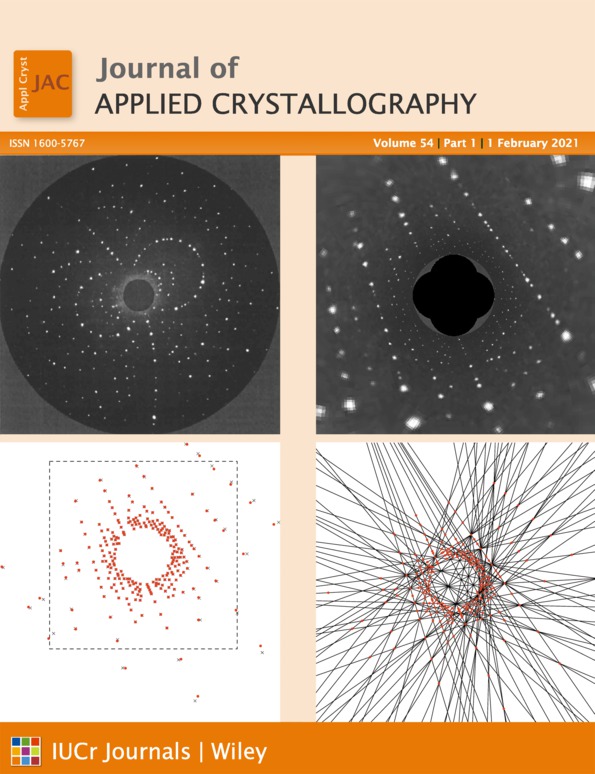One-dimensional ledges and migration mechanism of incoherent interphase boundaries
Abstract
Since the edge-to-edge matching relationship of close-packed planes on an incoherent interphase boundary was found, the one-dimensional ledge migration mechanism has been put forward. However, owing to the lack of direct experimental evidence, the existence of the one-dimensional ledge is still questioned and it is thus usually treated as just an assumption. In this study, focusing on the existence of one-dimensional ledges and the migration mechanism of incoherent interphase boundaries, an atomic scale investigation on the migration of incoherent interphase boundaries in a body- to face-centered cubic transformation has been carried out using the phase-field crystal model. Simulation results demonstrated the presence of one-dimensional ledges on incoherent interphase boundaries, but only on those boundaries with high atomic densities. The simulation results further showed that the interphase boundaries with one-dimensional ledges migrate as a result of the nucleation and extension of the one-dimensional ledge, similar to the mechanism for two-dimensional ledges; meanwhile the interphase boundaries without one-dimensional ledges migrate according to a continuous mechanism by random atomic jumping. Because it is difficult for one-dimensional ledges to nucleate under low driving forces, interphase boundary migration based on the one-dimensional ledge mechanism is slower than that based on the continuous mechanism. This study reveals the structures and mechanisms of complex transitions of incoherent interphase boundaries and can aid a deeper understanding of solid phase transformations.




